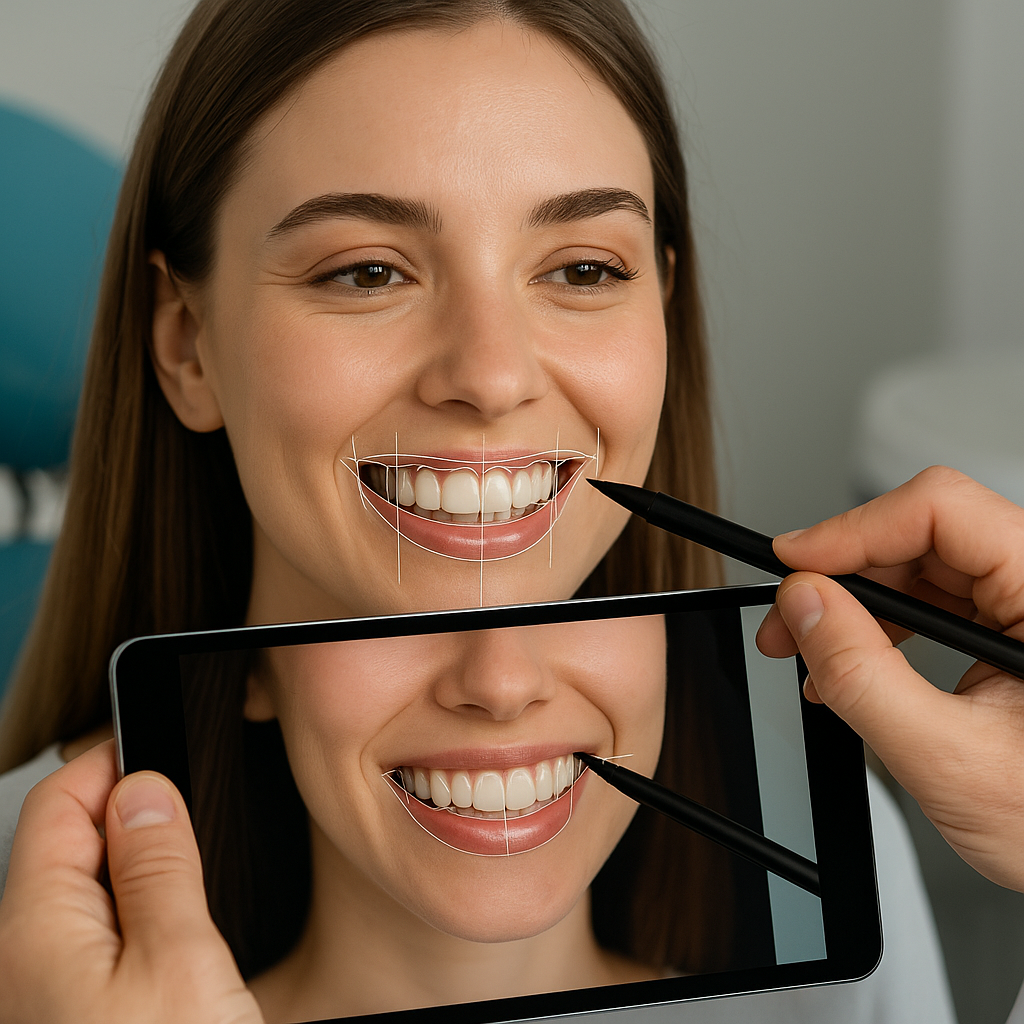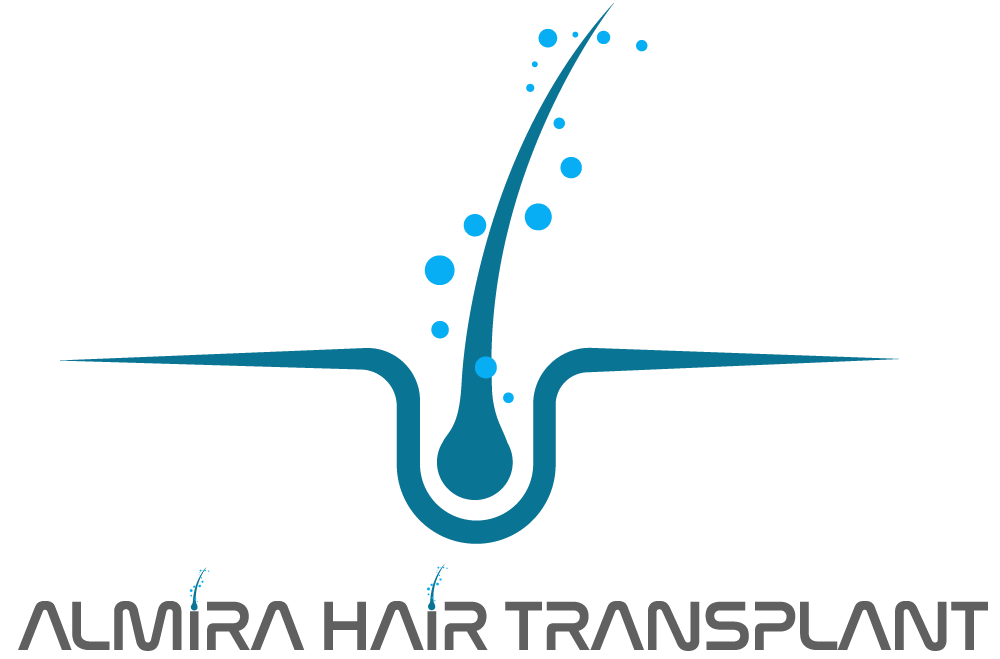Digital Smile Design (DSD): Personalized Smile Simulation

Digital Smile Design (DSD): Personalized Smile Simulation
A smile is one of the most powerful tools of human expression. However, due to aesthetic concerns, many individuals hesitate to smile, leading to a loss of confidence. Thanks to advancements in technology, aesthetic solutions in dentistry have become faster, more precise, and tailored to each individual. One of the most innovative approaches in this field is Digital Smile Design (DSD)—a scientifically grounded and visually guided process that creates a customized smile plan based on a patient’s facial features and expectations.
What Is DSD?
Digital Smile Design is a modern dental protocol that uses high-resolution images and videos to evaluate a person’s oral and facial structure. It allows for personalized aesthetic planning, taking into account details like tooth shape, gum line, lip position, and facial symmetry.
One of the major advantages of DSD is that patients can visualize their new smile in 3D before any treatment begins. This interactive process enhances communication between the patient and the dentist and ensures a more predictable and satisfactory outcome.
How Does the DSD Process Work?
The DSD process includes several key stages:
-
Photography and Video Recording: Multiple angles of the face and smile are recorded, including speaking and natural facial movements.
-
Digital Analysis: Advanced software analyzes the proportions and harmony of teeth, lips, and facial contours.
-
Design Phase: Ideal tooth shapes and sizes are digitally simulated, matching the individual’s facial structure.
-
Mock-Up (Trial Application): A temporary version of the design is created and placed in the mouth for preview and feedback.
-
Treatment Planning and Execution: Once approved, procedures such as whitening, veneers, implants, or bonding are carried out to achieve the final look.
Key Benefits of DSD
-
Tailor-made smile: Designs are harmonized with facial aesthetics for a natural look.
-
Preview before treatment: Patients see the potential results before committing.
-
Digital precision: Reduces errors and increases the efficiency of the treatment.
-
Enhanced communication: Encourages patient involvement and satisfaction.
-
Time-efficient: A clear plan helps reduce the number of sessions.
Who Is a Good Candidate for DSD?
DSD is suitable for anyone seeking to improve their smile while maintaining a natural appearance. Ideal candidates include:
-
People with stained, chipped, worn, or misaligned teeth
-
Those considering veneers, bonding, or zirconium crowns
-
Individuals seeking aesthetic enhancement post-orthodontic treatment
-
Anyone desiring a predictable, technology-guided smile makeover
Conclusion
Digital Smile Design isn’t just about improving how your teeth look—it’s about enhancing your self-image and confidence through a highly personalized and digital process. By combining technology, facial analysis, and patient involvement, DSD represents a new era in modern cosmetic dentistry.
Planning your dream smile is no longer a fantasy—it’s a digital reality.


